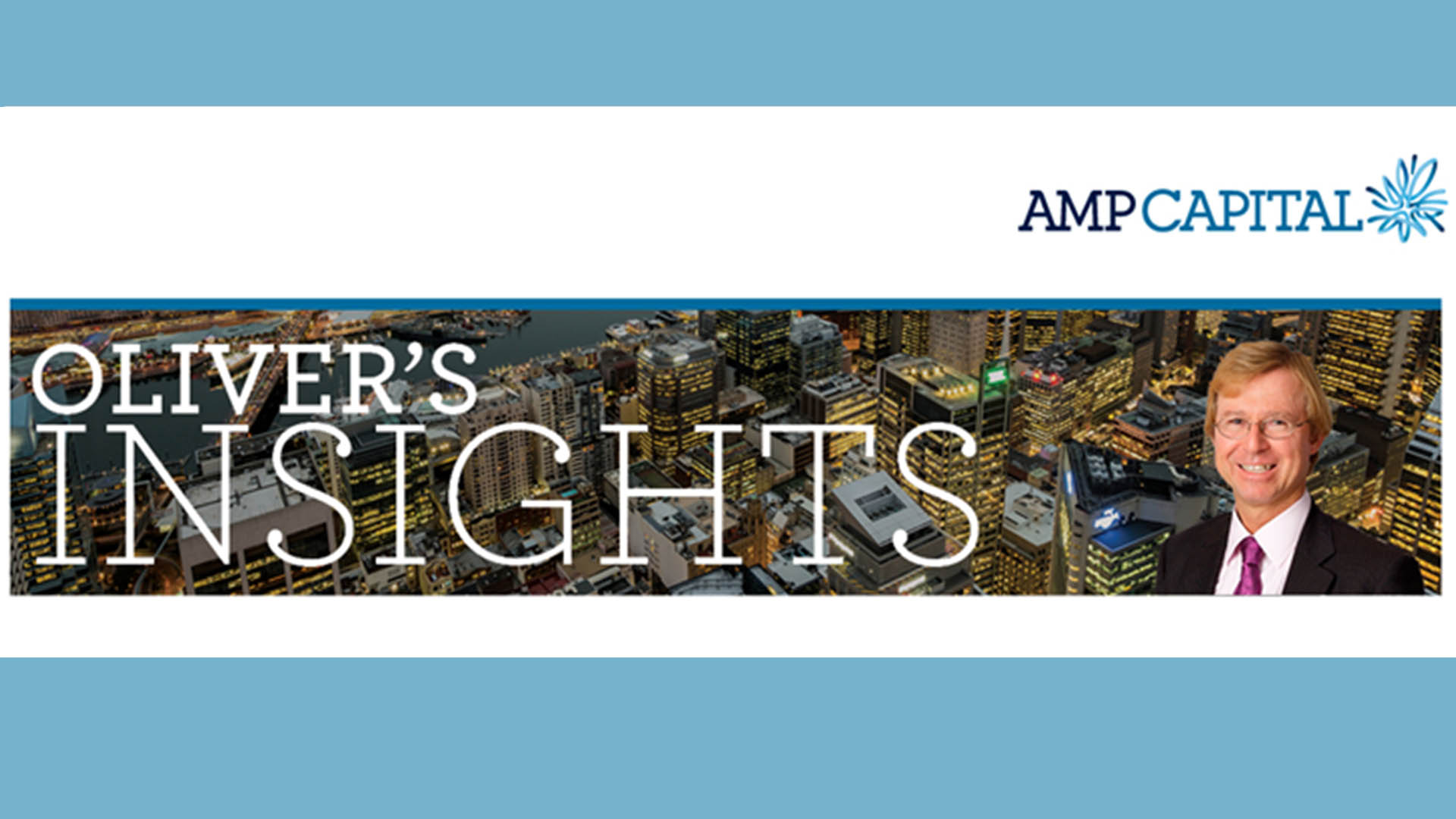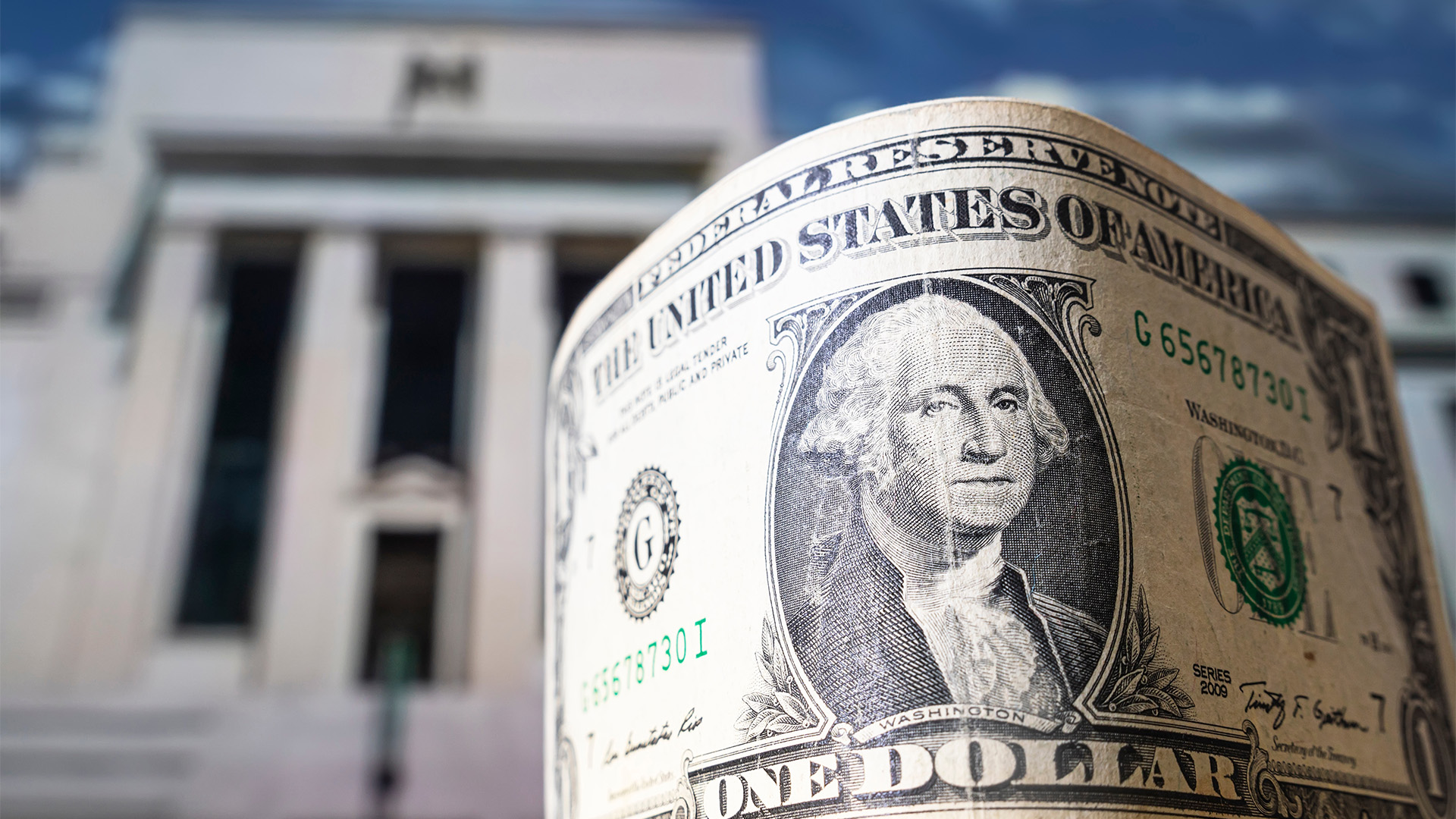We have suddenly become pretty blasé and all ho-hum about a half a per cent boost to the Reserve Bank’s cash rate if the reaction from markets to yesterday’s increase is any guide.
The prospect for another 0.50% increase had been well forecast and there were no shocks as the dollar hardly changed at just over 68 US cents and the ASX sagged around 22 points in a late afternoon fade as investors failed to read the suggestion that the size and pace of the rate rises will soon start to slow.
The rise left the cash rate at 2.35% – a seven year high and on its way to 2.8% to 3% in the next couple of months as the central bank left the door open for more tightening ahead as it seeks to haul back rising inflation.
But forecasts for a rise to more than 3.5% by midway through next year look too high and there was the suggestion in the post meeting statement from Governor Lowe that the pace of increases will slow. Certainly bets on the size of the next increase are for 0.25%.
He did, however, drop a reference to “normalising” policy suggesting rates were now closer to neutral (claimed to be around 2.5% to 3%).
The fifth hike since May had been widely expected.
In his post-meeting statement, Governor Lowe noted that an important source of uncertainty continues to be the behaviour of household spending.
“Higher inflation and higher interest rates are putting pressure on household budgets, with the full effects of higher interest rates yet to be felt in mortgage payments,” he pointed out.
“Consumer confidence has also fallen and housing prices are declining in most markets after the earlier large increases. Working in the other direction, people are finding jobs, gaining more hours of work and receiving higher wages.
“Many households have also built up large financial buffers and the saving rate remains higher than it was before the pandemic. The Board will be paying close attention to how these various factors balance out as it assesses the appropriate setting of monetary policy.
“The further increase in interest rates today will help bring inflation back to target and create a more sustainable balance of demand and supply in the Australian economy. Price stability is a prerequisite for a strong economy and a sustained period of full employment.”
Governor Lowe said the bank “expects to increase interest rates further over the months ahead, but it is not on a pre-set path.”
“The size and timing of future interest rate increases will be guided by the incoming data and the Board’s assessment of the outlook for inflation and the labour market.
“The Board is committed to doing what is necessary to ensure that inflation in Australia returns to target over time.”
In a note issued late Tuesday afternoon, AMP chief economist, Shane Oliver said, “Given long and variable lags in the way monetary tightening impacts the economy there is a strong case for the RBA to now slow the pace of rate hikes in order to better assess their impact so far. Failure to do so risks recession and overkill in taming inflation.”
“We expect the RBA to so slow the pace of hikes in the months ahead and will watch Governor Lowe’s speech on Thursday for any guidance in this direction, but it’s looking like our assessment for the cash rate to peak at 2.6% around year end is now too conservative so we have revised it up to 2.85%.
“We continue to see the RBA starting to cut the cash rate in the second half of 2023,” Dr Oliver forecast.
And he took issue with many economists who sees the RBA pushing rates up to around 3.8% in a year’s time, saying forecasts like that are “too hawkish and if realised would likely plunge the economy into recession and push home prices down by 30% or so from their highs earlier this year.”













